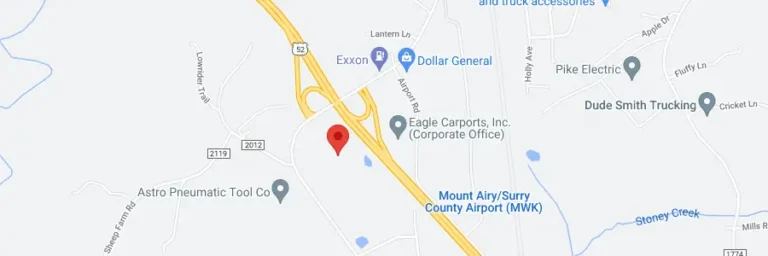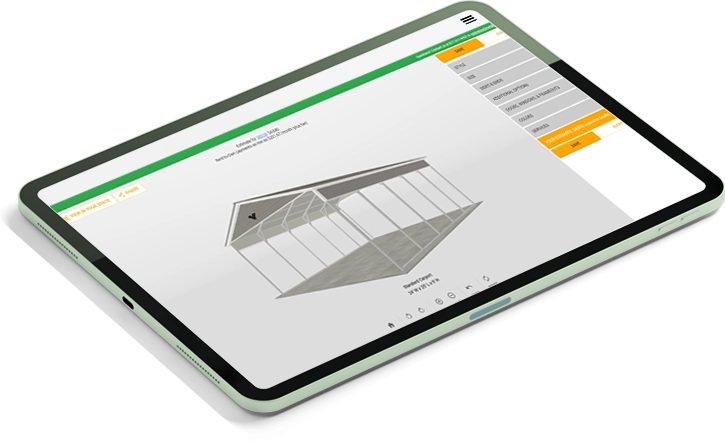Are you thinking about getting a metal carport for your home or office location? Metal…
- Resistance to rot
- Resistance to insect damage
- Better control of pests by sealing the seams
- Easier cleaning and sanitizing for disease control
- Long-term durability and safety in extreme weather
- Fire resistance.


